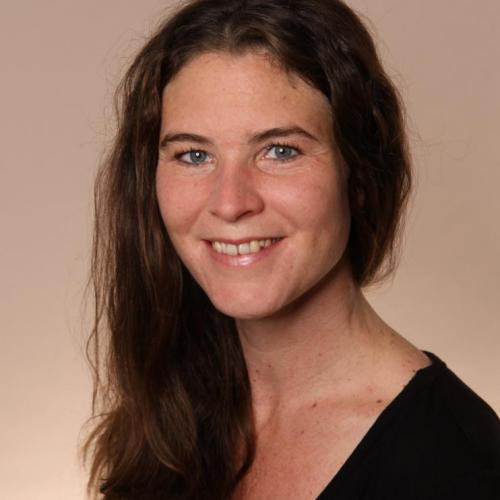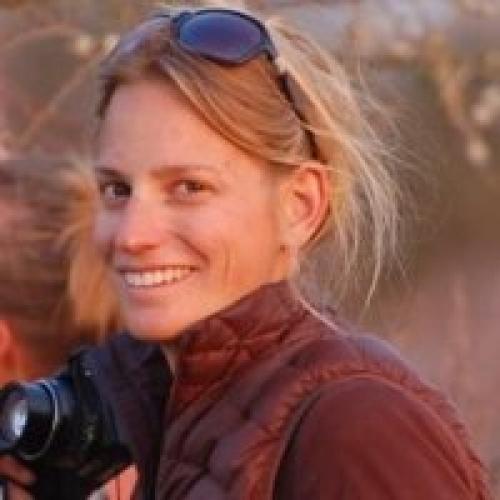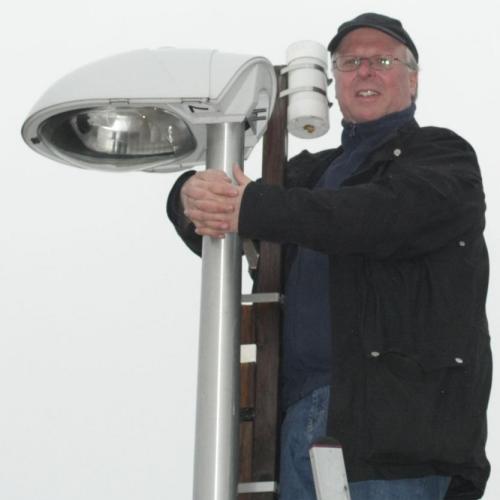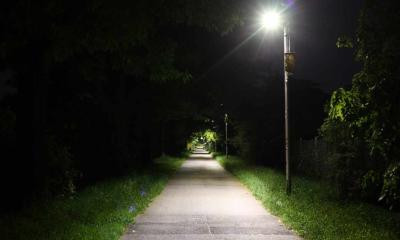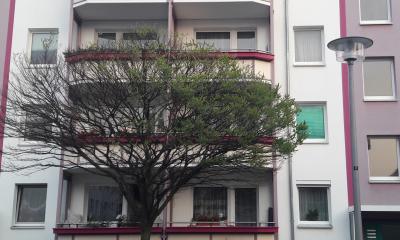Species protection through environmental friendly lighting (AuBe)
Short profile
Duration
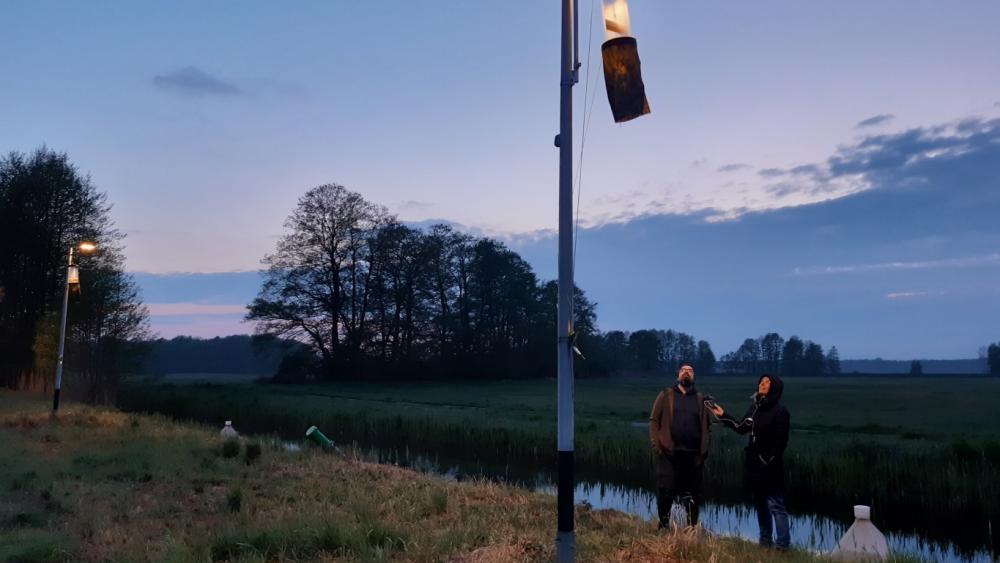
Sampling at the experimental field sites in Westhavelland (Photo: Sophia Dehn)
The focus of the project is the implementation and establishment of an insect-friendly street lighting design in order to reduce the loss of insect biomass and the rapidly increasing illumination of night landscapes and habitats. The technical implementation is carried out by shielding light emission, so that radiation and reflection of the light in the area of the flight height of insects as well as on adjacent biotopes such as for example water bodies and floodplains are largely reduced. In this way, the specifications of the guidelines for the “redesign and conversion of lighting systems in public spaces” developed as part of the R&D project “Analysis of the Effects of Artificial Light on Biodiversity” are transferred to practical conditions (bit.ly/bfn-543). The AuBe project offers environmental education and citizen science activities. The environmental education is supported by the Nossentiner / Schwinzer Heide Nature Park, the Stechlinsee Center in Neuglobsow, the Fulda Environmental Center and the NABU Westhavelland.
Website: http://www.tatort-strassenbeleuchtung.de/
The AuBe project is funded by the Federal Agency for Nature Conservation (BfN) with funds from the Federal Ministry for the Environment, Nature Conservation, Nuclear Safety and Consumer Protection (BMUV) as part of the federal program for biological diversity.




